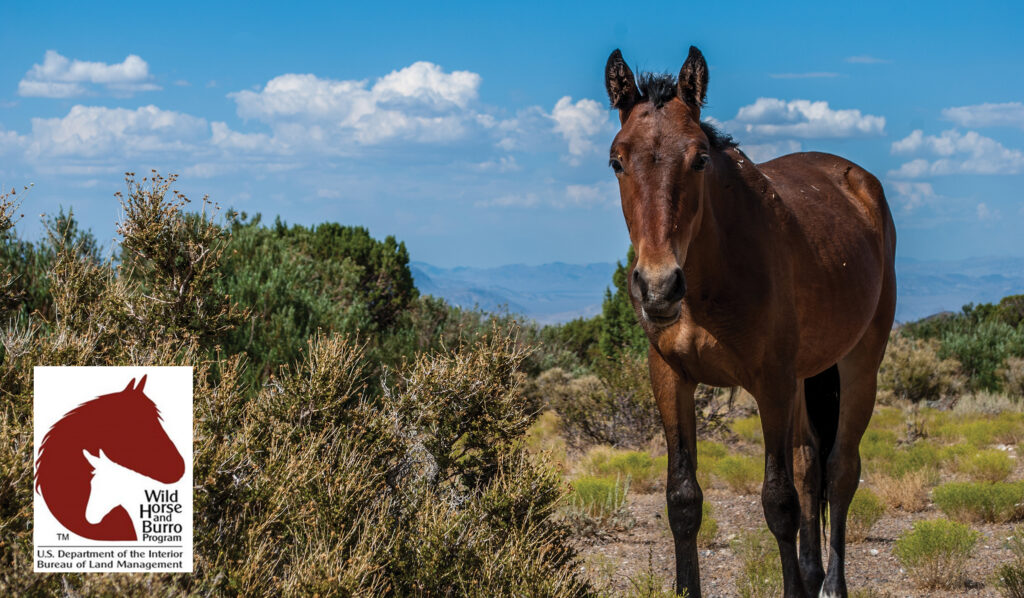The Bureau of Land Management (BLM) plays a critical role in managing and protecting wild horses and burros on public lands across ten western states. Established under the Wild Free-Roaming Horses and Burros Act of 1971, the Wild Horse and Burro Program is dedicated to ensuring healthy herds thrive in balance with the rangelands and other wildlife resources. This balance is paramount, as unchecked population growth can lead to overgrazing, habitat degradation, and ultimately, endanger both the animals and the fragile ecosystems they inhabit.
The program’s core objective is to maintain populations at their “Appropriate Management Level” (AML). When herd numbers exceed this ecological carrying capacity, the BLM employs a multi-faceted approach. This includes humane gathers to remove animals from overstressed areas, the implementation of fertility control measures on the range to slow population growth, and a robust adoption and sales program designed to place excess animals into private care. Thousands of these iconic animals have successfully transitioned into new homes, contributing to a reduction in demand on public lands while providing unique opportunities for their new owners.

The adoption program, in particular, has long served as a cornerstone of the BLM’s strategy for managing off-range animals. It offers individuals the chance to provide a purpose-filled life for these intelligent and resilient creatures, often for uses ranging from ranch work and riding to companionship. To facilitate these adoptions and ease the transition for new owners, the BLM has historically offered an Adoption Incentive Program (AIP), providing financial assistance to qualified adopters.
However, it is important to note a significant upcoming change to this program. As of March 3, 2025, the BLM will be discontinuing the Adoption Incentive Program. In accordance with a recent court order, the agency will not be making any adoption incentive payments for animals that are titled to new owners after this date. This pivotal change necessitates an adaptation in the BLM’s strategies for placing animals into private care, marking a new phase in the program’s evolution.
Managing wild horse and burro populations presents complex and ongoing challenges, balancing ecological imperatives with animal welfare and diverse public and stakeholder interests. The BLM remains steadfast in its commitment to the long-term health and sustainability of these cherished animals and the public rangelands they call home. The program’s continuous evolution, including adjustments to incentives and placement strategies, underscores the agency’s dedication to adaptive management and responsible stewardship in the face of dynamic environmental and legal landscapes.
Please visit, https://www.BLM.gov/whb, for additional information.